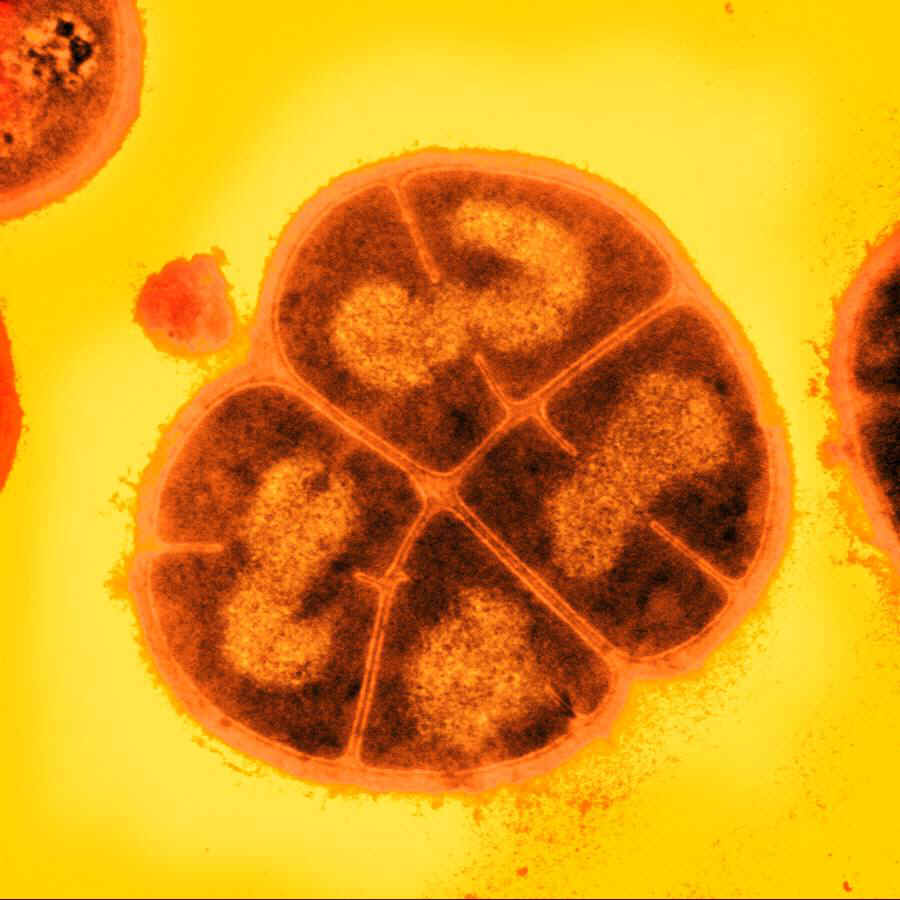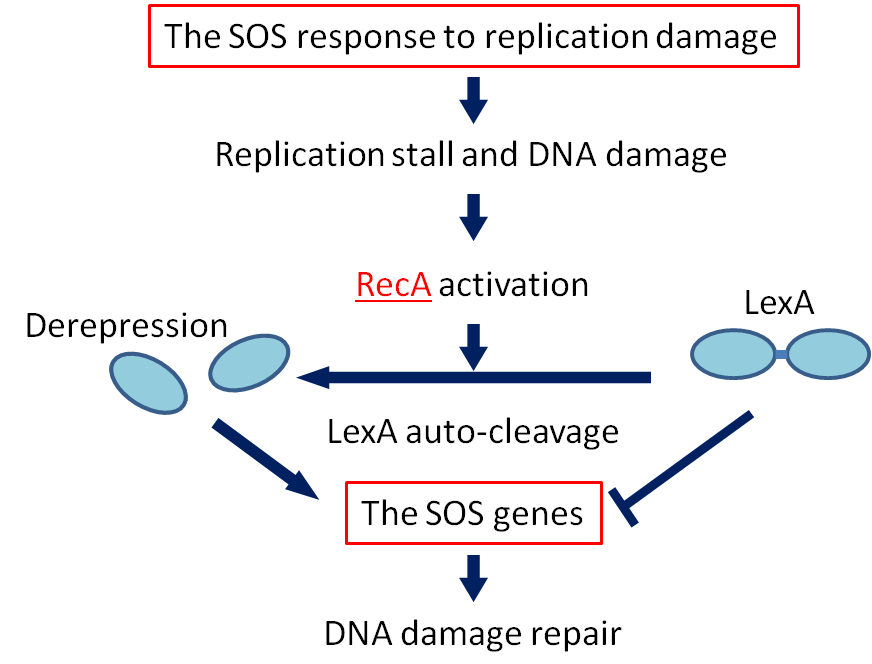Team:Osaka/Project
From 2011.igem.org
Background
In the modern world, radioactivity is a phenomena well understood by science, and harnessed by engineering for nuclear power generation, radiology in medicine, radioisotopic labeling in biological studies and numerous other applications. However, it is an undeniable fact that the ionizing radiation resulting from radioactive decay may cause critical effects on biological creatures, from the smallest bacteria to plants and animals including humans.
On March 11, 2011, the Great East Japan Earthquake struck off the coast of Eastern Japan and triggered a series of equipment failures, nuclear meltdowns, and releases of radioactive materials at the Fukushima 1 Nuclear Power Plant, leading to a nationwide nuclear crisis. While ‘Grays’, ‘Sieverts’, ‘exposure’, ‘equivalent dosage’ and other related terms and units became referred daily in the media, much of the general populace remained ignorant of their meanings and significance. The need for low-cost, portable and easy-to-use dosimeters was apparent as measurements of radiation exposure could only be conducted at dedicated installations spaced far apart and the numbers reported only infrequently.
Hence, this year, iGEM Osaka decided to tackle the building of a biological dosimeter. We attempted to modularly transfer radiation-response and DNA repair genes from the extremophilic bacterium Deinococcus radiodurans to the well-characterized, easily cultivable chassis of Escherichia coli. From there our efforts branched out into (1) evaluating radioresistance conferred by the heterologous genes, and (2) connecting the radiation/DNA damage response system to visible outputs such as color pigment production.
Project Details
1. Damage tolerance
The bacterium Deinococcus radiodurans shows remarkable resistance to a range of damage caused by ionizing radiation, desiccation, UV radiation, oxidizing agents, and electrophilic mutagens.It is an aerobic bacterium that is most famous for its extreme resistance to ionizing radiation; it not only can survive acute exposures to gamma radiation that exceed 15,000 Gy, but it can also grow continuously in the presence of chronic radiation (60 Gy/hour) without any effect on its growth rate or ability to express cloned genes. For comparison, an acute exposure of just 5-10 Gy is lethal to the average human.
Factors
recA
The D. radiodurans RecA protein has been characterized and its gene has been sequenced; it shows greater than 50% identity to the E. coli RecA protein. D. radiodurans recA mutants are highly sensitive to UV and ionizing radiation. In this context, early work by Carroll et al (1996) reported that E. coli RecA did not complement an IR-sensitive D. radiodurans recA point-mutant (rec30) and that expression of D. radiodurans RecA in E. coli was lethal. More recently, however, it has been reported that E. coli recA can provide partial complementation to a D. radiodurans recA null mutant (Schlesinger, 2007).
pprI
PprI, which is unique to D. radiodurans, is invoked by present data as the most important protein for radiation response mechanism. PprI can significantly and specifically induce the gene expression of recA and pprA and enhance the enzyme activities of catalases. These results strongly suggest that PprI plays a crucial role in regulating multiple DNA repair and protection pathways in response to radiation stress.
pprA
a pleiotropic protein promoting DNA repair, role in radiation resistance of Deinococcus radiodurans was demonstrated. pprA preferentially bound to double-stranded DNA carrying strand breaks, inhibited Escherichia coli exonuclease III activity, and stimulated the DNA end-joining reaction catalysed by ATPdependent and NAD-dependent DNA ligases. These results suggest that D. radiodurans has a radiationinduced non-homologous end-joining repair mechanism in which PprA plays a critical role.
pprM
PprM (a modulator of the PprI-dependent DNA damage response) is a homolog of cold shock protein (Csp)PprM regulates the induction of PprA but not that of RecA. PprM belongs in a distinct clade of a subfamily together with Csp homologs from D. geothermalis and Thermus thermophilus. PprM plays an important role in the induction of RecA and PprA and is involved in the unique radiation response mechanism controlled by PprI in D. radiodurans.
2. Detection of DNA damage
If DNA is damaged greatly by some factors such as UV radiation or chemicals, synthesizes of some damage-related proteins occur quickly. This reaction to DNA damage is SOS response.
RecA is a 38 kilodalton Escherichia coli protein essential for the repair and maintenance of DNA. RecA has multiple activities, all related to DNA repair. In the bacterial SOS response, it has a co-protease function in the autocatalytic cleavage of the LexA repressor and the λ repressor. LexA is expressed constitutively and prevents damage-related proteins to be expressed by binding to SOS box as a repressor. RecA is activated by binding to single-strand DNA caused by damage, and then, conducts activation of LexA protease. Decreasing LexA enable damage-related protein to be expressed.
According to this reaction of bacteria, we employ RecA as a key protein of our system.
RecA promoter(パーツ名) was employed to detect DNA damage. This promoter induces expression of its downstream genes by DNA damage. Bio-dosimeter must show visible sign as some signal of radioactive substance, therefore we decided to employ pigments as a reporter.
References
- [1] Y. Hua et al., “PprI: a general switch responsible for extreme radioresistance of Deinococcus radiodurans,” Biochemical and Biophysical Research Communications, vol. 306, no. 2, pp. 354-360, Jun. 2003.
- G. Gao, B. Tian, L. Liu, D. Sheng, B. Shen, and Y. Hua, “Expression of Deinococcus radiodurans PprI enhances the radioresistance of Escherichia coli,” DNA Repair, vol. 2, no. 12, pp. 1419-1427, Dec. 2003.
- I. Narumi, K. Satoh, S. Cui, T. Funayama, S. Kitayama, and H. Watanabe, “PprA: a novel protein from Deinococcus radiodurans that stimulates DNA ligation,” Molecular Microbiology, vol. 54, no. 1, pp. 278-285, Oct. 2004.
- S. Kota and H. S. Misra, “PprA: A protein implicated in radioresistance of Deinococcus radiodurans stimulates catalase activity in Escherichia coli,” Applied Microbiology and Biotechnology, vol. 72, no. 4, pp. 790-796, Oct. 2006.
- H. Lu et al., “Deinococcus radiodurans PprI switches on DNA damage response and cellular survival networks after radiation damage,” Molecular & Cellular Proteomics: MCP, vol. 8, no. 3, pp. 481-494, Mar. 2009.
- H. Ohba, K. Satoh, H. Sghaier, T. Yanagisawa, and I. Narumi, “Identification of PprM: a modulator of the PprI-dependent DNA damage response in Deinococcus radiodurans,” Extremophiles: Life Under Extreme Conditions, vol. 13, no. 3, pp. 471-479, May 2009.
 "
"



